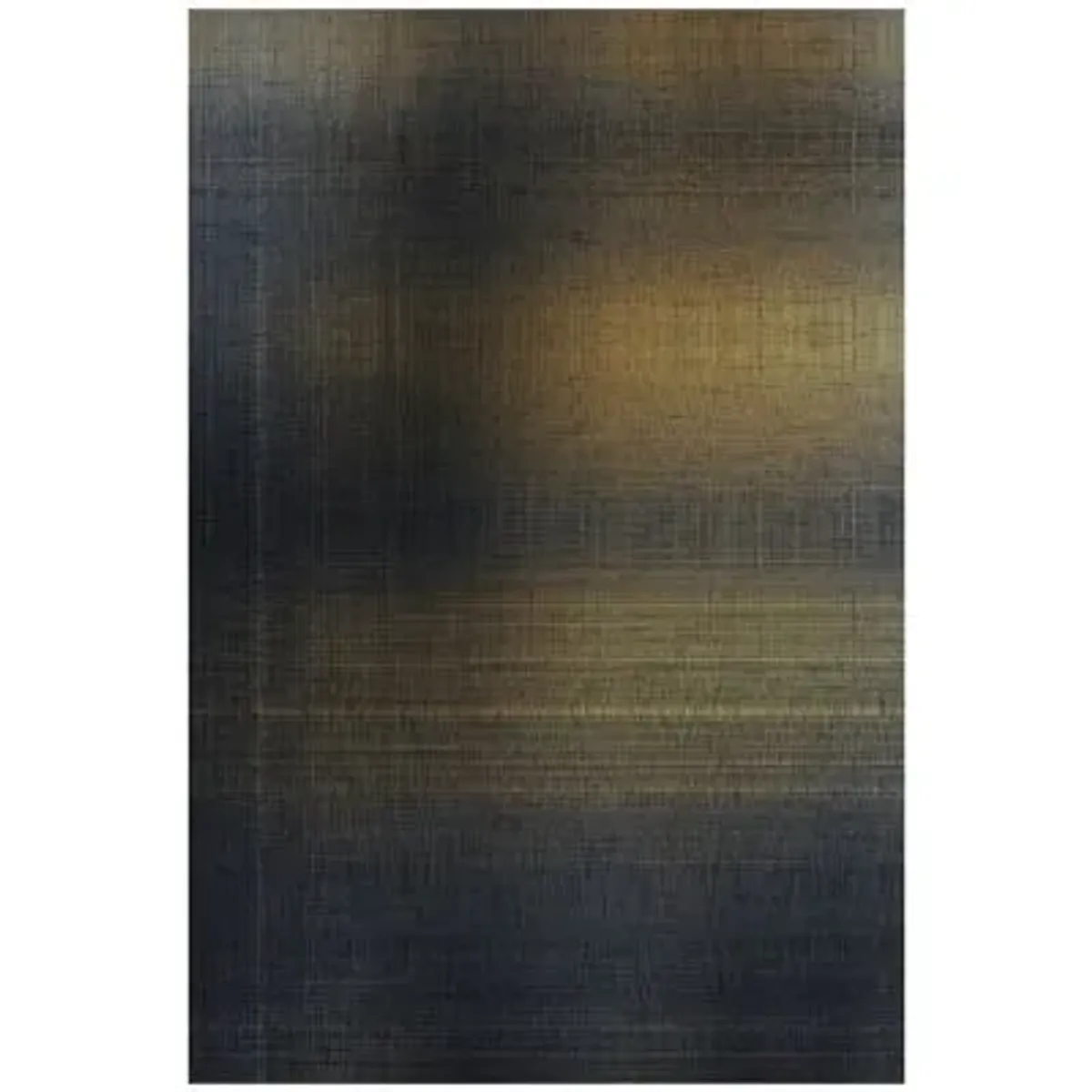You're on the list
By signing up, you agree to receive email marketing.
























If you’re looking for an accessory to add warmth, color, and cohesion to a space, look no further than an area rug. As the name implies, an area rug is designed to cover a particular swath of floor in living rooms, dining rooms, bedrooms, studies, and beyond.
Area rugs come in a variety of sizes, shapes, and patterns, from a geometric circle to a sheepskin rug. They create a focal point in a room, helping to tie various furniture pieces together and warm up your space.
As a layer between flooring and furniture, the right rug can make a space feel pulled together and provide added comfort — while enhancing the existing ambiance. Read more below to learn everything you need to know about area rugs.
Most living rooms need an 8’ x 10’ or 9’ x 12’ area rug. This rug should measure approximately 6” to 12” wider than your furniture layout.
Before you measure the furniture dimensions, decide how far you want to place the area rug under your couch. Some people prefer to place their area rug entirely under the furniture, while others only put the front feet of the couch on the rug.
In the bedroom, use an 8’ x 10’ area rug under a full- or queen-sized bed. A king-sized bed will require a 9’ x 12’ area rug. You can also place smaller 4’ x 6’ or 3’ x 5’ area rugs at the foot and sides of the bed as accent pieces.
A dining room area rug should extend 18” to 24” beyond your dining room table on every side. If, for example, your table measures 3’ x 5’, look for a 5’ x 7’ area rug so the table and all the chairs will fit.
The best color for an area rug depends on your existing furniture, lifestyle, and goals:
Your rug color should also complement the main furniture in the room. For example, consider earthy tones like greens and tans if you have a brown couch. Meanwhile, blue area rugs often complement gray couches.
Wool is often considered the best material for an area rug. Wool rugs have a flexible pile that bounces back when crushed, which keeps them looking fresh for many years. They also have a protective coating that resists odors and stains, making them easy to clean and maintain.
Cotton is another popular and high-quality material for area rugs. Cotton rugs feel luxuriously soft underfoot, so they’re a cozy addition to any space. Additionally, these rugs don’t trap dust and pet hair, so they won’t exacerbate allergies.
Synthetic area rugs made from nylon, polyester, or polypropylene may work best for some homes. These area rugs are typically more affordable than those made from natural materials. They’re also durable enough to withstand heavy foot traffic, pet accidents, and spills. However, synthetic rugs aren’t biodegradable, so they’re not the best option for someone looking to reduce their environmental impact.
You're on the list
By signing up, you agree to receive email marketing.